Let’s shop the perfect PSU for your PC.
The power supply unit, or PSU, is one of the most integral components of any PC. But still, we neglect it the most and pick any random PSU for our PC without considering the needs and future upgrades.
But that’s not how it should be. We must consider various factors while choosing the power supply for our system. Else your PC might suffer from random shutdowns, BSODs, crashes, etc., and other components can take some damage too.
Choosing the Right PC Power Supply
If you’re also looking to get a power supply unit for your system, then make sure to consider the factors we’ve shared in this comprehensive guide to get the perfect one.
At last, we have also included one spec sheet analysis, which should further help you shop PSUs.
Ports & Connectors
The first thing you must look for in a power supply unit is that it has all the required connectors. Here are the essential connectors that you should look for in a PSU:
24-Pin Power Connector
The first and the most critical connector you should look for in a PSU is a 24-pin power connector, which will power some integral parts of your desktop.
4-Pin & 8-Pin Connectors
Since advanced CPUs draw more power than what the 24-pin alone can provide, the power supply should also have 4-pin and 8-pin connectors.
6-Pin & 8-Pin Connectors
The 6-pin power connector will supply an extra 75W power beyond the 75W, which the motherboard already delivers to the PC’s GPU via the PCI Express x16 slot. Other than this, the 8-pin connector will provide an extra 150W of power supply. Both these connectors are recommended for power hungry GPUs.
SATA Power
It should also have SATA power connectors to supply your storage devices.
Power Output or Wattage
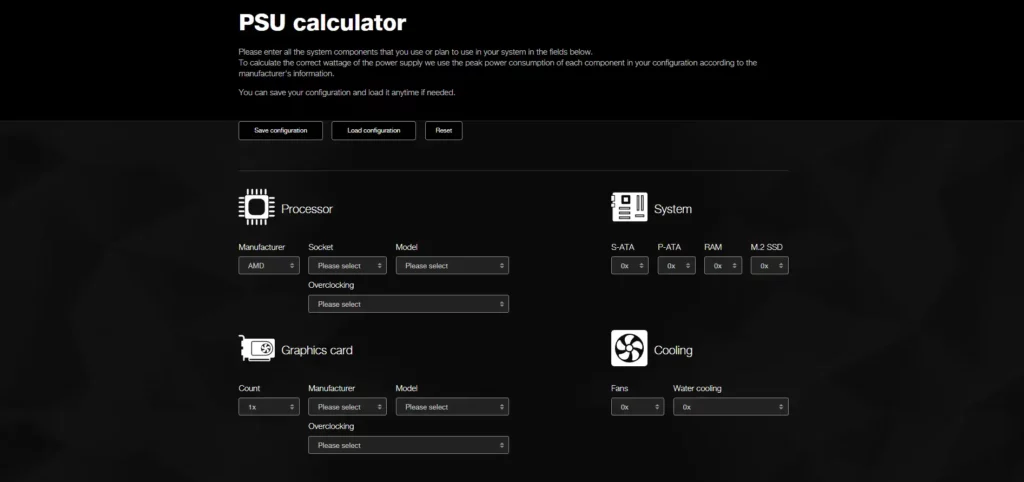
The first question that comes to our mind while choosing the power supply for our PC is, “How many wattages are enough?” Now, the answer to this question varies with the needs and specs of the PC.
For instance, if the system has a custom cooling system, high-end motherboard, dual graphics card, and other high-power-consuming parts, it’ll require a higher-wattage power supply unit.
But, it’s impossible to recommend a PSU with exact wattage without knowing the desktop’s specs. In that case, you can use this power supply calculator to know your system’s power output or wattage by providing essential details like graphics card, processor, etc.
You can also calculate it manually to find out the same. To get the exact power output or wattage, you need to find out the power that each system component draws and add them.
As a thumb rule, we suggest you buy a PSU with higher than the recommended wattage. For instance, if a PSU calculator says that your desktop will use 500W only, then get a power supply component with 750+ watts. It’ll keep your PC’s performance intact even if it needs to draw more than the calculated power and cover a few upgrades too.
Also, choosing a high-wattage PSU doesn’t mean that it supplies the more power to the PC. A 750W power supply will only supply the required power, whether it’s 750W or below that. Just that it won’t be maxing out occasionally, which is good for a consistent and silent performance.
Protection
Another essential feature is native protection. For instance, the power supply should have built-in fail-safes to protect the PC by stopping the power supply if a sudden power surge or something unexpected happens.
Other than this, it should also come with the Overvoltage Protection (OVP) feature to protect the PSU, computer, and all its components.
Additionally, Short Circuit Protection feature to shield the PC from unexpected power fluctuations is another good to have. If the PSU also comes with the Over Temperature Protection (OTP) component, it’s a plus, as it’ll protect the PC and all its parts from high temperature wear and tear.
Efficiency
Efficiency is another factor to address when choosing the proper power supply for your desktop. This is because the performance of the system and the lifespan of its components highly depend on the efficiency of the power supply unit you choose.
The efficiency is determined by the power it draws from the switchboard and supplies to the PC with the least energy loss. PSUs are categorized into six efficiency ratings: 80 PLUS, 80 PLUS Bronze, 80 PLUS Silver, 80 PLUS Gold, 80 PLUS Platinum, and 80 PLUS Titanium.
For instance, if a power supply unit is rated as 80 PLUS, it’s 80 percent efficient out of 100 and loses the remaining 20 percent of power during the AC to DC conversion as heat and other losses.
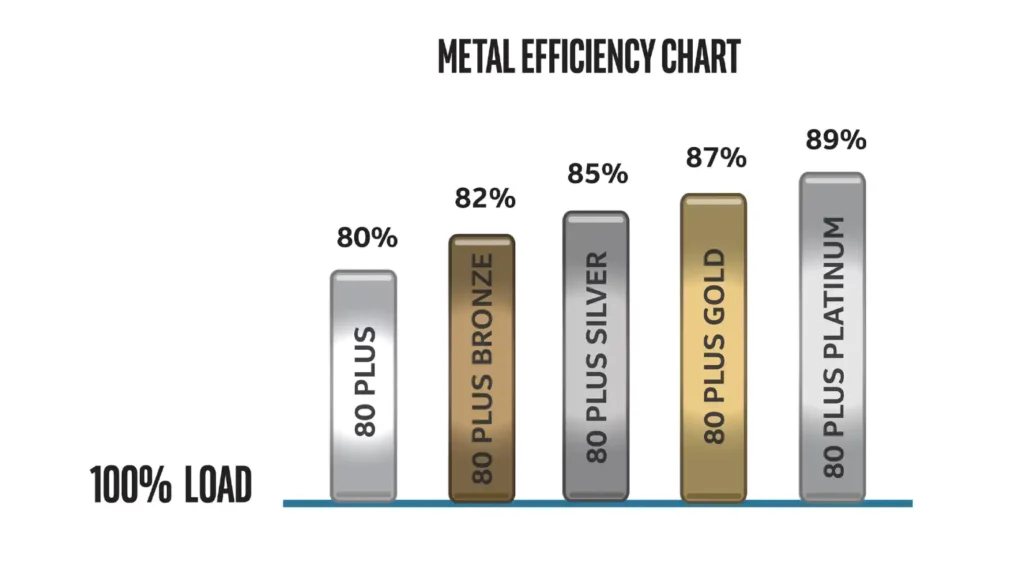
So, a higher efficiency PSU means less wastage for a specific amount of input. But at the same time, their upfront cost is more.
Form Factor
Another essential factor you should look for in your power supply component is that it properly fits your CPU compartment. Several power supply sizes or form factors, such as ATX, AT, TFX, SFX, SFX-L, EPS, and more, are available. But ATX, EPS, and SFX are some of the most commonly used, and we also suggest you choose from these three only.
ATX
ATX, also known as Advanced Technology eXtended, is one of the most common types of PSU. These sizes of PSUs come with a standard size, which is 150mm x 86mm x 140mm. Due to this, they fit in most CPU rigs, including smaller ones. They come with a 24-pin power connector to power the motherboard and several peripheral connectors.
EPS
EPS also stands for Entry-level Power Supply, was designed for high-end PCs and basic servers. Like other PSUs, they also integrate a 24-pin connector, which splits into two 12-pin connectors. EPS PSUs also come with 4-pin and 8-pin connectors. They provide up to 400W of power supply to the PC.
SFX
SFX, known as the Small Form Factor, is a standard PSU size. As you can guess by the name, this PSU size type is perfect for small and compact computers. They also include a 24-pin connector and peripheral connectors. As they’re much smaller than other PSU form factors, they provide less power supply than others, up to 250W.
To check the PSU and CPU case compatibility, the best option is to take dimensions.
Fan Noise
Imagine you’ve purchased the power supply unit for your desktop, but now the integrated fans make much noise, ruining the workspace’s ambiance. Thus, choosing a power supply that makes very little noise while working is always desirable. But this relies on PSU’s efficiency. For instance, picking a less efficient power supply generate more heat, and the fan will run faster to cool it down.
On the other hand, if you choose a PSU with a higher efficiency rating, it’ll generate less heat. Hence, the fan will run slowly to disperse it and won’t make much noise while working. Consequently, buying a higher efficiency PSU helps.
Modularity
It’s also essential to choose a PSU with the right kind of cable management, so it doesn’t look unorganized. PSU comes with three types of arrangement: Modular, Semi-Modular, or Non-Modular.
If you see a PSU with modular cabling, it means it comes with no pre-attached cable. You need to fix the wires manually. This way, you can easily take it out of the CPU cabinet. Also, this cable type makes finding and replacing the faulty cable easy. However, PSUs with modular cabling cost more than PSUs with other cable types.
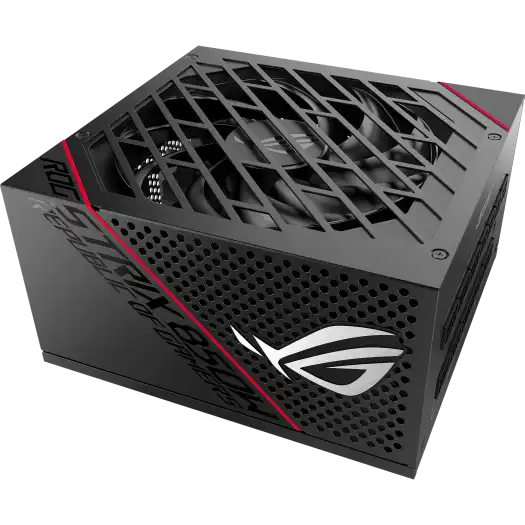
On the other hand, power supplies with semi-modular cabling come with 24-pin and 8-pin connectors pre-attached to connect with the motherboard. The rest will be connected by yourself. The best part about this type is that it makes your rig look a bit more cleaner and organized.
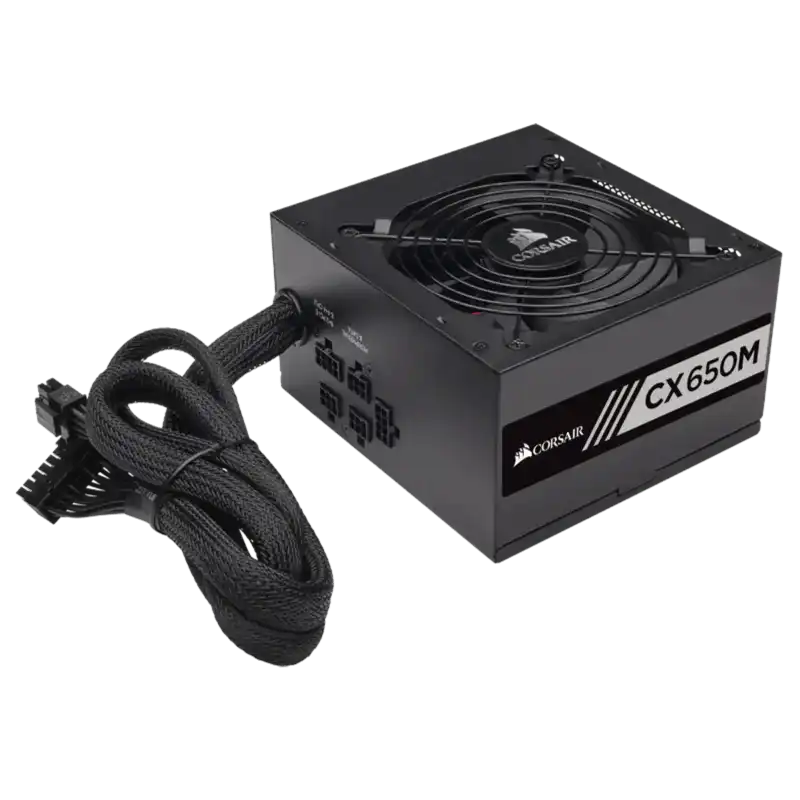
Lastly, power supply components with non-modular cabling come with pre-attached cables. You only need to connect them to the motherboard manually. One of the most significant drawbacks of this cable type is that you can’t disconnect them from the PSU. Because of this, you can’t repair or clean it yourself, like modular ones. But they can help look the cabinet more tidy, compared to semi or fully modular PSUs.
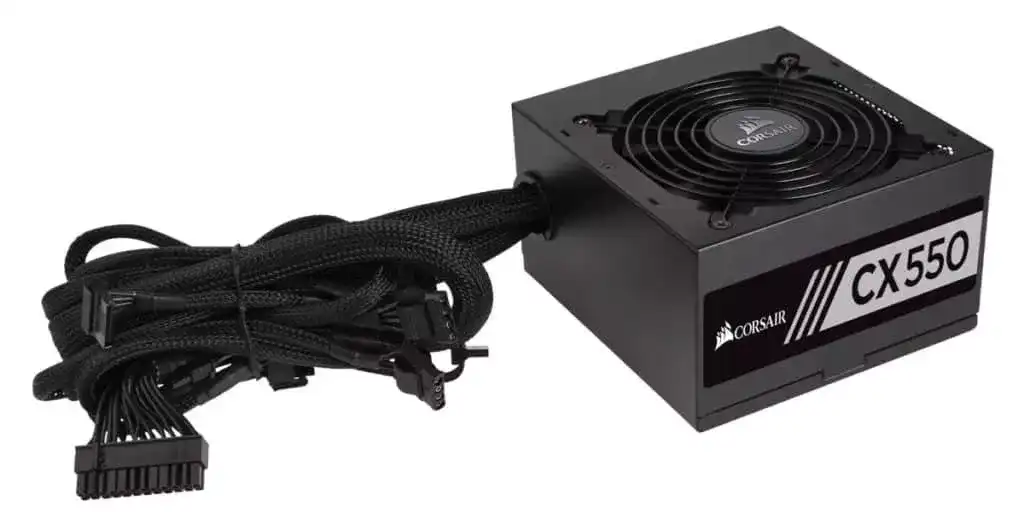
Future Upgrades
One of the most significant mistakes we make while choosing the power supply is that we don’t consider future PC upgrades. We buy the power supply based on our current system specifications and needs. Due to this, when we need to upgrade the PC, we also need to change the power supply, which eventually increases the CPU upgrade cost. So, ensure you’re taking into account future upgrades when choosing the perfect PSU for your PC.
And by upgrades, I mean mostly the CPU and GPU, as these two consume the most power. So check the difference in your current and expected future configuration, add 10-20%, and plan for the PSU accordingly.
Warranty and Support
Lastly, you must make sure that the power supply unit you pick comes with a few years of warranty (5+ years is good), so you can get it replaced or repaired if something goes wrong.
Let’s take an example!
Hopefully, you’ve now understood all the crucial factors you should look for in a power supply unit. Let’s now understand them better with the help of an example. Here we’re going to analyze spec sheet of Asus ROG-STRIX-850G PSU.
ROG-STRIX-850G is an 850W power supply unit that has all ports and connectors for a powerful PC build, such as 24/20-pin, 4+4-pin, 6+2-pin, SATA, and peripheral ports. This PSU has an ATX design, which makes it go well with most CPU cases.
Moving ahead, the ROG-STRIX-850G power supply is rated by 80 Plus Gold, which means it’s 87 percent efficient out of 100 and loses the remaining 13% to factors such as heat, etc. Theoretically, this means to draw its maximum power of 850W, it will consume 977W.
It also has excellent protection abilities to guard your PSU and PC against all unexpected problems, like excessive overheating, voltage, etc. To be specific, it comes with six different protection abilities: OPP, OVP, UVP, SCP, OCP, and OTP.
It also comes with fully modular cabling, making it the right power supply for a PC. Lastly, it also comes with 10 years of warranty and dedicated support.
Conclusion
Choosing the proper power supply is relatively easy, but still, it helps to know a few things before going shopping. Thus, we discussed all the crucial factors you should look for while choosing the power supply for your desktop.
Right from the ports, power, and protection, to upgrades, modularity, etc.
Still, feel free to ping us in the comments if you seek any specific advice.
PS: A guide to choose the perfect NVIDIA graphics card for your PC.
